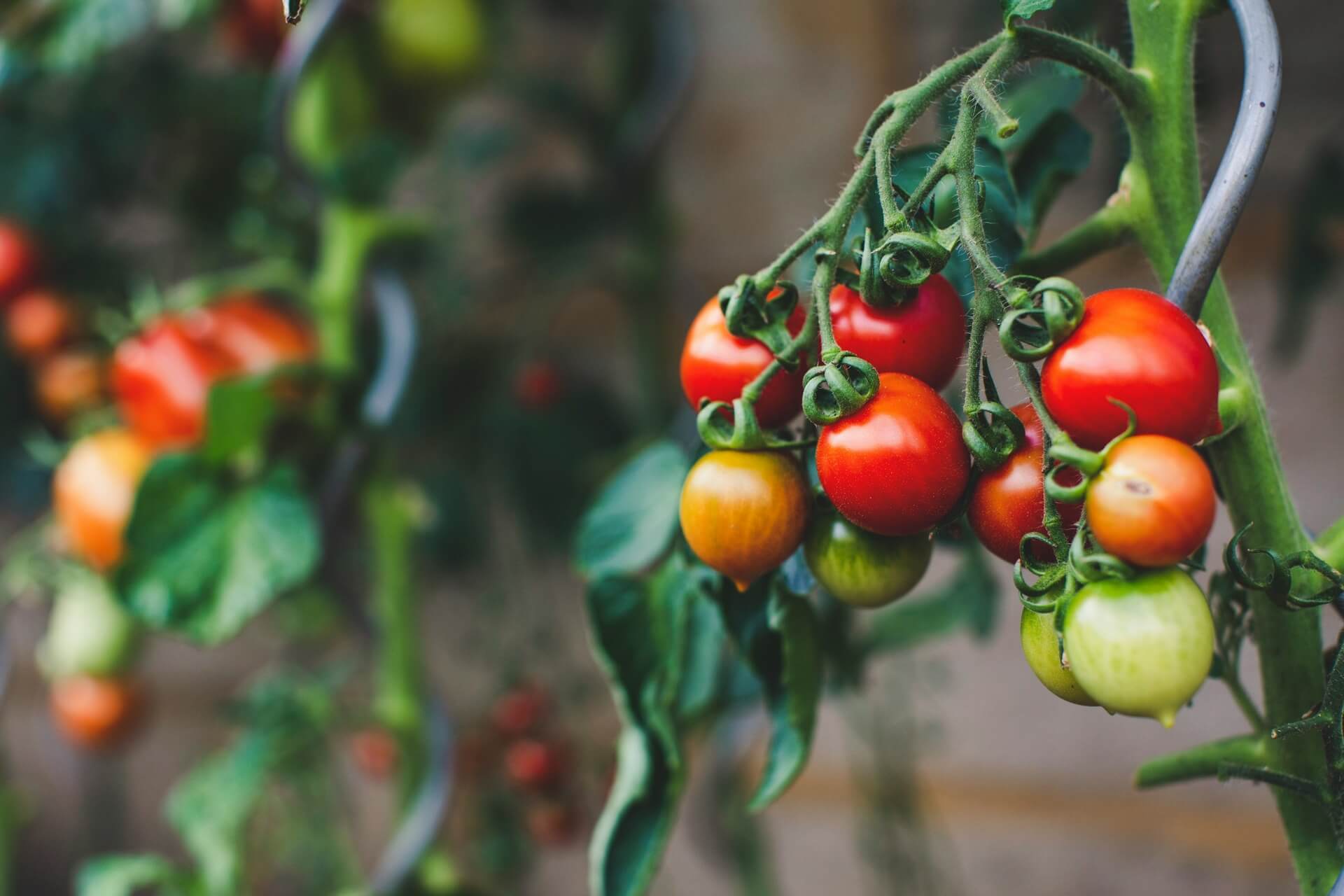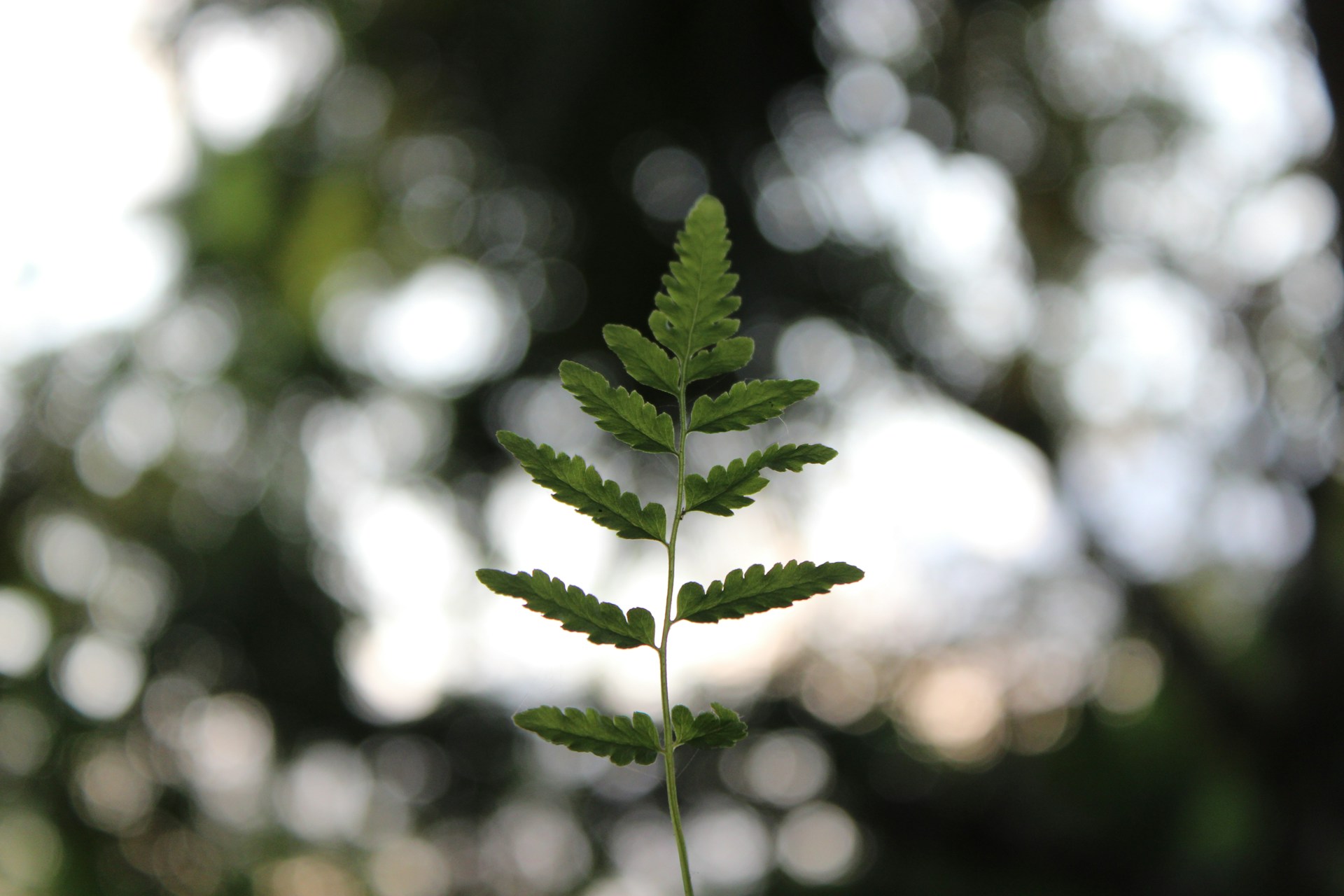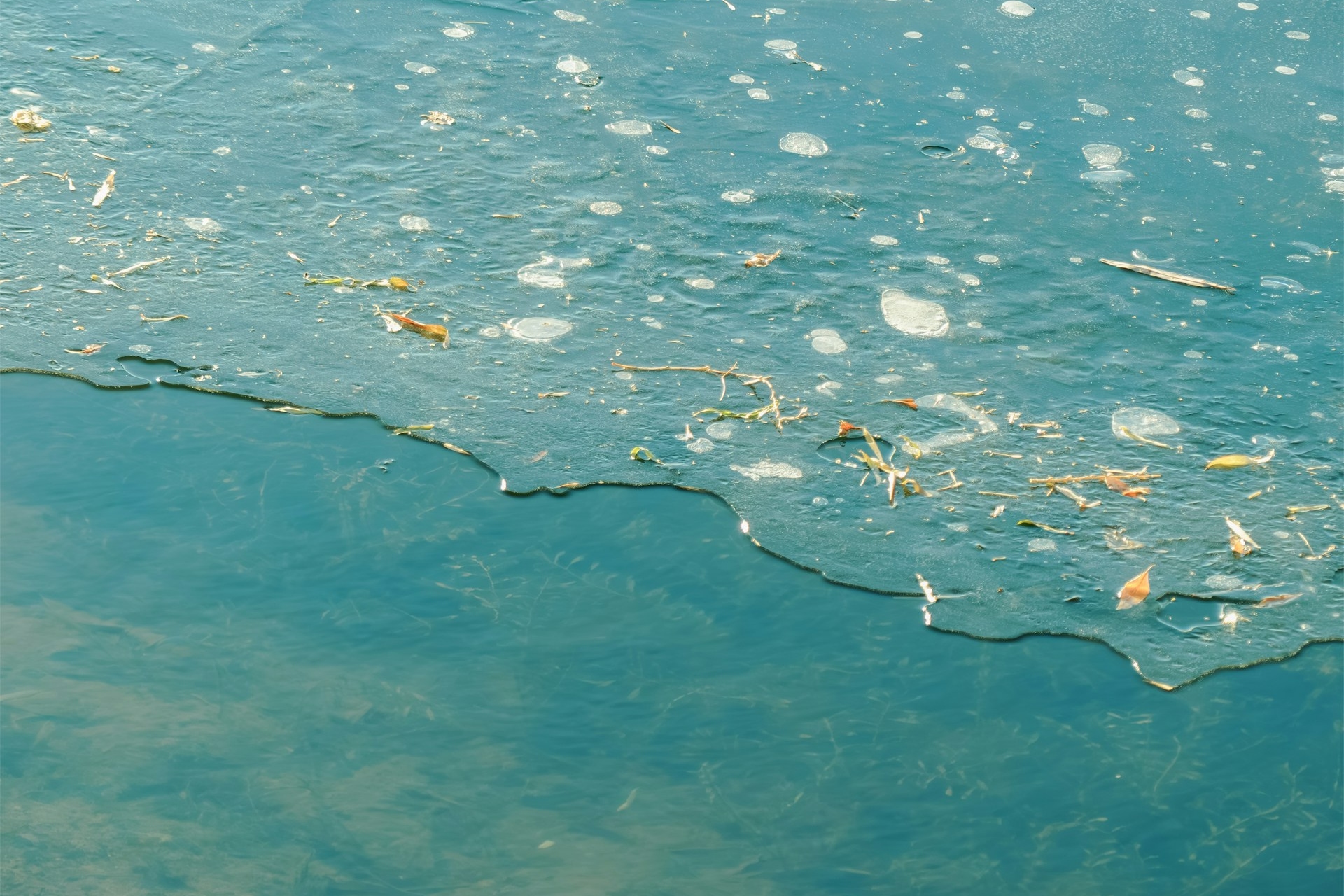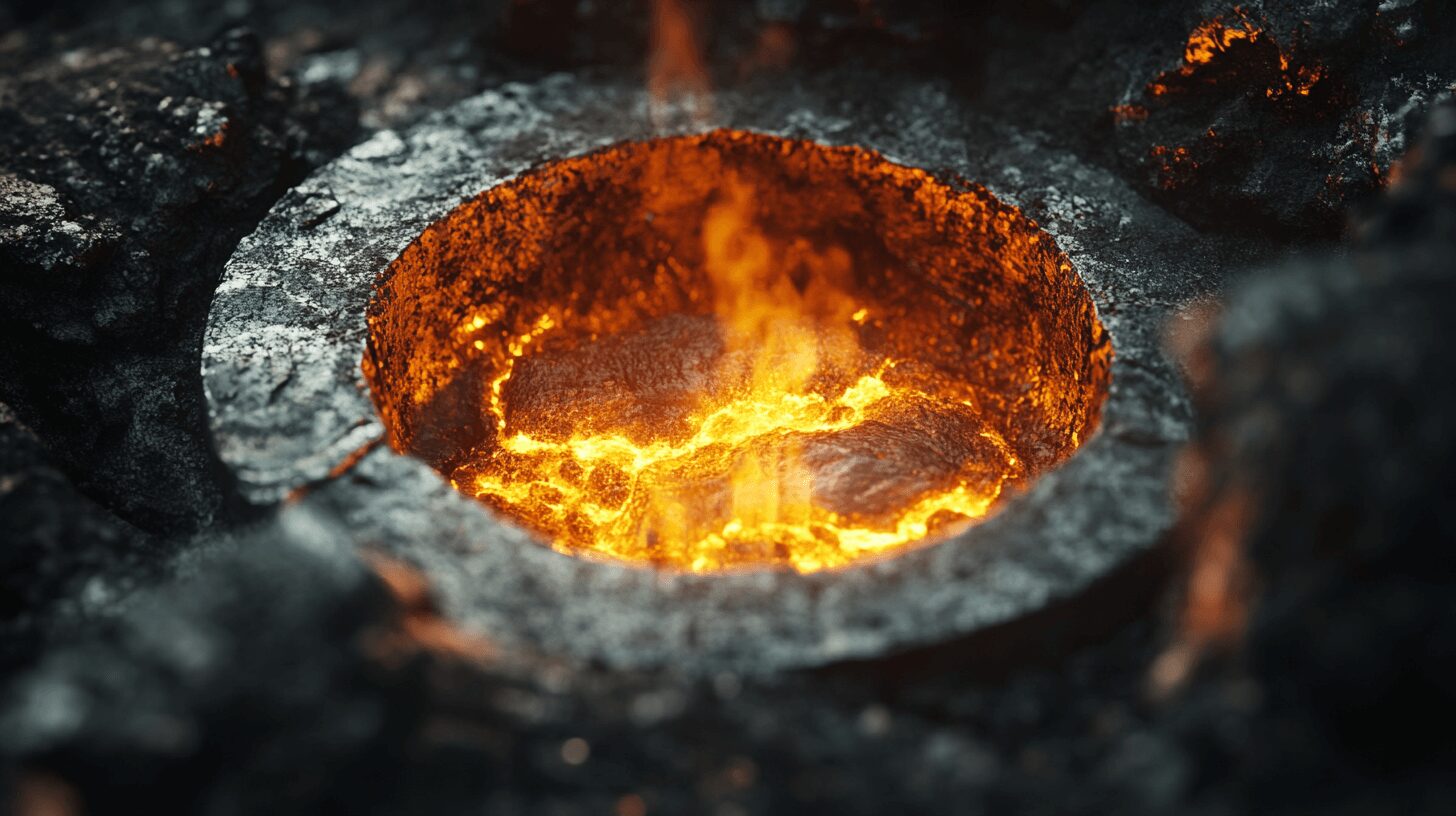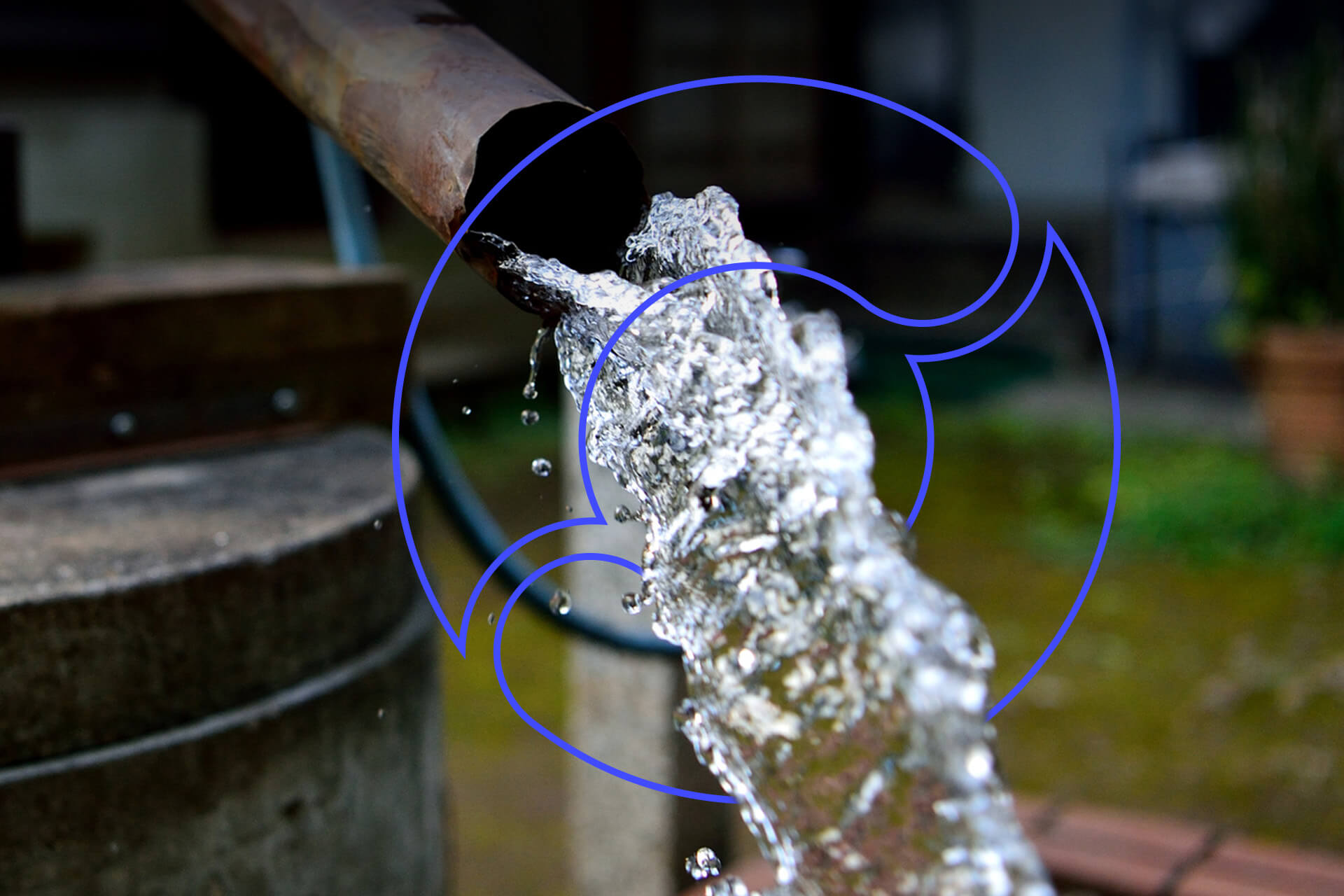
Uses of Groundwater: How to Prevent Depletion
November 29, 2024 - Emily Newton
Revolutionized is reader-supported. When you buy through links on our site, we may earn an affiliate commission. Learn more here.
When you turn on the tap to get a drink, do you wonder where your water comes from? If you live in a city, the answer is probably the city’s water grid. But if your home is on well water, your refreshing drink comes straight from the depths of the earth. There are many uses of groundwater that we often take for granted.
Groundwater is one of our most valuable resources, so we should pay attention to how we use it. Today, we’re facing a trend of groundwater depletion that could put human life at risk. So what is groundwater depletion and what can we do to prevent it?
How Much Drinking Water Does the Planet Have?
Time to build your basis of foundational groundwater facts. Water is a limited resource. While more than 70% of our planet is covered in it, only 3% of that water is drinkable — and 2% of that is frozen in our polar ice caps. Much of the water we drink is pumped up from beneath the ground. One of the primary uses of groundwater is providing drinking water for 37% of urban households and 90% of the water consumed by rural households.
Groundwater is becoming scarce in certain areas around the world. The underground aquifers that store this drinkable water are beginning to run dry. The water cycle naturally replenishes the aquifers — rainwater trickles down through the substrate and is purified along the way — but we’re pumping the water out faster than it can refill.
This kind of groundwater depletion plays a significant role in the fact that one out of every nine people in the world doesn’t have access to clean drinking water. Water shortages are becoming more common — Cape Town, South Africa, almost ran out of water entirely in 2016.
What Are the Primary Uses of Groundwater?
Apart from having access to clean drinking water, what are the other ways humans leverage this resource?
Irrigation is the most prominent. There are regions of the world where more groundwater is used for this than drinking. The most dry geographies could use 90% of their reserves for farming, whereas the U.S. uses around 70%. This is likely due to extreme temperatures causing extra evaporation, and the additional water is employed to compensate for this factor.
Groundwater also helps preserve biodiversity. Around 17% of endangered species in the United States survive off groundwater. Sapping reserves would mean the extinction of numerous animals and plants, having a butterfly effect on other species in their ecosystems. People must consider how overextraction and dismissal of groundwater recharge won’t just cause places to lose the species that rely on groundwater — they would lose countless more.
Surface streamflow is another often overlooked use of groundwater. Streamflow refers to a water body’s ability to keep flowing. If a river or creek stagnates, it has the potential to grow and support unwanted species. It also may not be able to filter out pollutants. These impact aquatic life below the surface and any plants and animals living on these coasts. Having a consistent streamflow also helps communities. Many rely on specific bodies of water as their main source. If these don’t transport and refill, then it could pose tons of issues.
What Causes Groundwater Depletion and Scarcity?
With water being a questionably renewable resource, what are the main causes behind its inaccessibility around the world?
Overpumping
Many people don’t know how to responsibly pump from water stores. Overpumping lowers the water table and increases the cost of water, and can even affect the level of local lakes and rivers. Pumping isn’t the only threat to these natural water sources.
Fracking
The growth of “fracking” — the colloquial name for hydraulic fracturing — also threatens water supplies. Fracking works by forcing water or another fluid through a narrow opening to fracture the rocks that contain natural gas. Miners can harvest the gas, but the water or liquid that they used for the fracturing is contaminated and can leak into natural groundwater sources. This limits the uses of groundwater because, once it has been contaminated, it is no longer considered potable.
Weather Changes
Precipitation trends are shifting worldwide. The natural water cycles were the most reliable way recharge groundwater. Many places are experiencing drought, leaving aquifers barren. Alternatively, too much precipitation is also happening, but this isn’t always a good thing because it could lead to other problems.
Pollution
Floods are the perfect way to transport tons of contaminants rapidly across long distances. First, they sink into the soil, whether they are chemicals or microplastics. Then, they seep into water stores. Although water treatment is an option, novel pollutants arise every year that these facilities are not prepared for. They have to spend years researching new ways to treat a never-before-seen medicine or particulate. Additionally, many nations without the world suffer due to a lack of treatment infrastructure, so this problem compounds. Other contaminators include overflowing landfills and pesticide overuse.
Deforestation
All plantlife, but particularly trees, are like backup water tanks for groundwater stores. They are wildly effective at harnessing water and transporting it to the necessary places. However, when clear-cutting becomes the norm, there are no plants to assist with water transport and storage. It’s also important to consider how fewer trees also changes how the lands react when it rains. Water moves faster, causing erosion and other problems, instead of helping groundwater recharge.
How to Conserve Water Most Effectively
What can we do to prevent depletion and contamination while supporting groundwater recharge?
Focus on Native Landscaping
It’s tempting to find the most beautiful and exotic plants you can to decorate the exterior of your home, but this isn’t the best idea. Non-native plants often come from rain forests and other areas where precipitation is plentiful. If your home doesn’t get as much rain as the Amazon, you’ll end up wasting a lot of water to keep them alive.
Focus on native plants instead of exotic ones. They’ll look just as beautiful, and you won’t have to waste all your time — and all of your water — trying to keep them alive in an environment that is so unlike their own.
Fix Your Leaks
Leaky faucets are annoying, but they’re also one of the biggest water-wasters in the world. One valve, dripping once per second, leaks roughly one-quarter of a milliliter with every drop. It might not sound like much, but it adds up quickly. That single quarter-milliliter becomes 86,400 drips per day, for a total of five full gallons of water. That’s 2,028 gallons of water down the drain every year.
Follow Watering Restrictions
We all love having a green lawn or a lush garden, but watering during the middle of the day means you’ll need more water to keep your plants alive. Once the sun reaches its peak, much of the water you’re using evaporates instead of soaking into the ground to reach the roots of the plants that need it. That is why many cities regulate watering. You’re only allowed to irrigate your plants late in the evening or early in the morning, when evaporation is no longer a problem.
Watering restrictions become even stricter during the dry months. Pay attention to these restrictions so you’re not wasting water unnecessarily. At the same time, pay attention to the weather — you don’t need to water your plants if it rained during the day!
Don’t Dump
Many of the chemicals we use every day are hazardous to local water tables. Fertilizers, pesticides and even cleaning materials can end up in a raindrop that makes its way down into the aquifer. This contamination then infiltrates your drinking water.
Pay close attention to the chemicals in and around your home. Choose natural alternatives whenever possible. Don’t dump any chemicals outside your house. Even if stormwater runoff isn’t a problem, these chemicals can be dangerous to local plants and animals.
Conserve Water
The average American uses 176 gallons of water per day. The most consumptive activities include:
- Showering
- Flushing toilets
- Using washing machines for laundry and dishes
- Ignoring leaks
Every home and business can take steps to conserve water, from shutting off the water while brushing your teeth to taking shorter showers and upgrading your fixtures to low-flow alternatives.
If every household reduced their water use by just 50 gallons a day — which you can do by replacing your old toilet with a low-flow model — we could save millions of gallons of water and prevent groundwater depletion. Every little bit helps, but it will take a lot of homes making small changes for it to add up into an effective transition.
Protecting Groundwater Is a Shared Mission
Groundwater is one of our most valuable resources and it’s becoming scarcer every year. Every household and business needs to do everything they can to reduce each of their uses of groundwater, from fixing leaky taps to reducing use or watering intelligently. We have a limited amount of drinkable water on our home planet, and once it runs out, human life will quickly follow it into the abyss.
Editor’s note: This article was originally published on March 12, 2019, and was updated November 29, 2024, to provide readers with more updated information.
Revolutionized is reader-supported. When you buy through links on our site, we may earn an affiliate commission. Learn more here.
Author
Emily Newton
Emily Newton is a technology and industrial journalist and the Editor in Chief of Revolutionized. She manages the sites publishing schedule, SEO optimization and content strategy. Emily enjoys writing and researching articles about how technology is changing every industry. When she isn't working, Emily enjoys playing video games or curling up with a good book.

